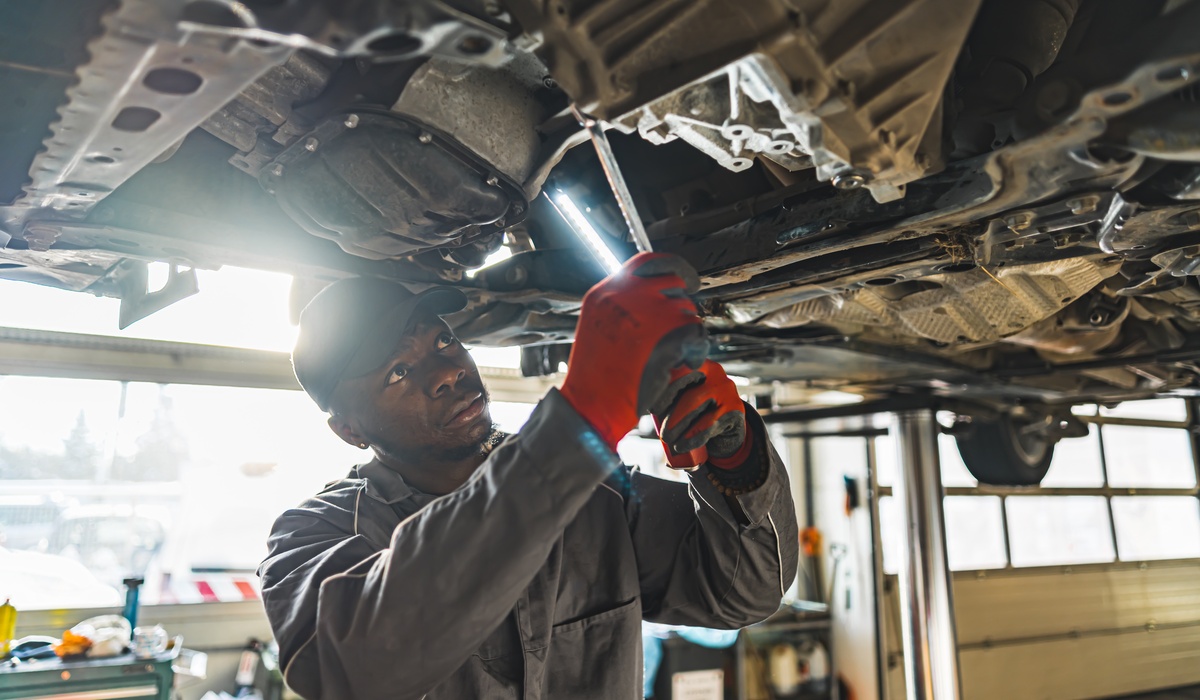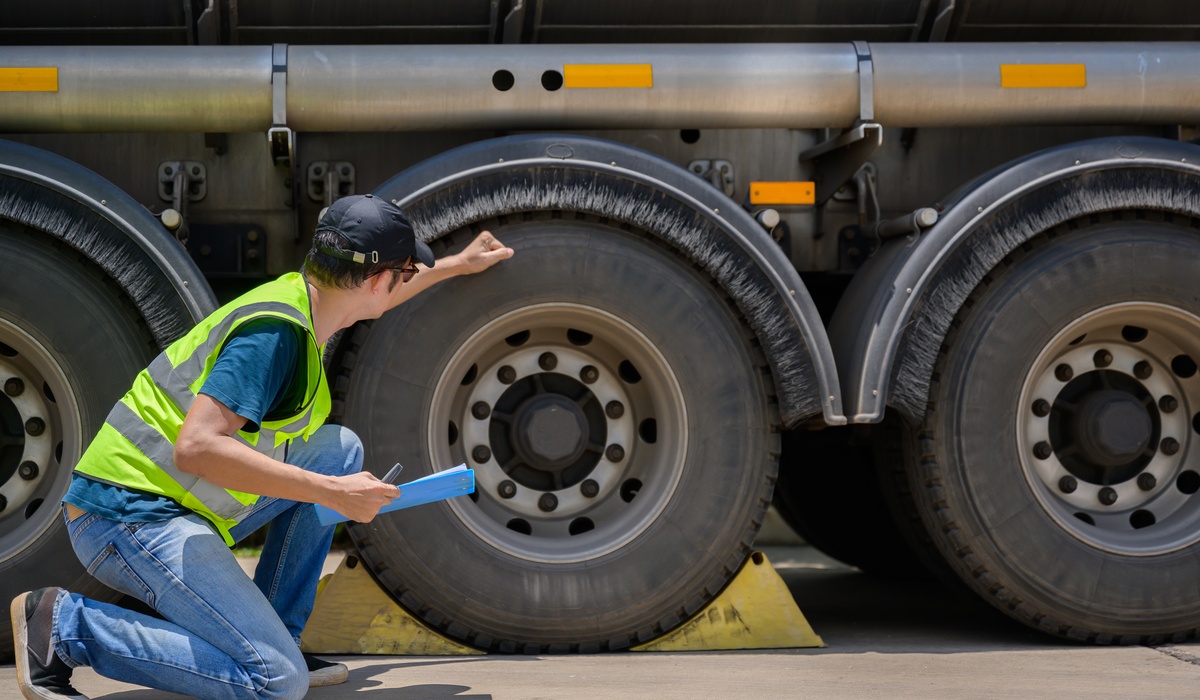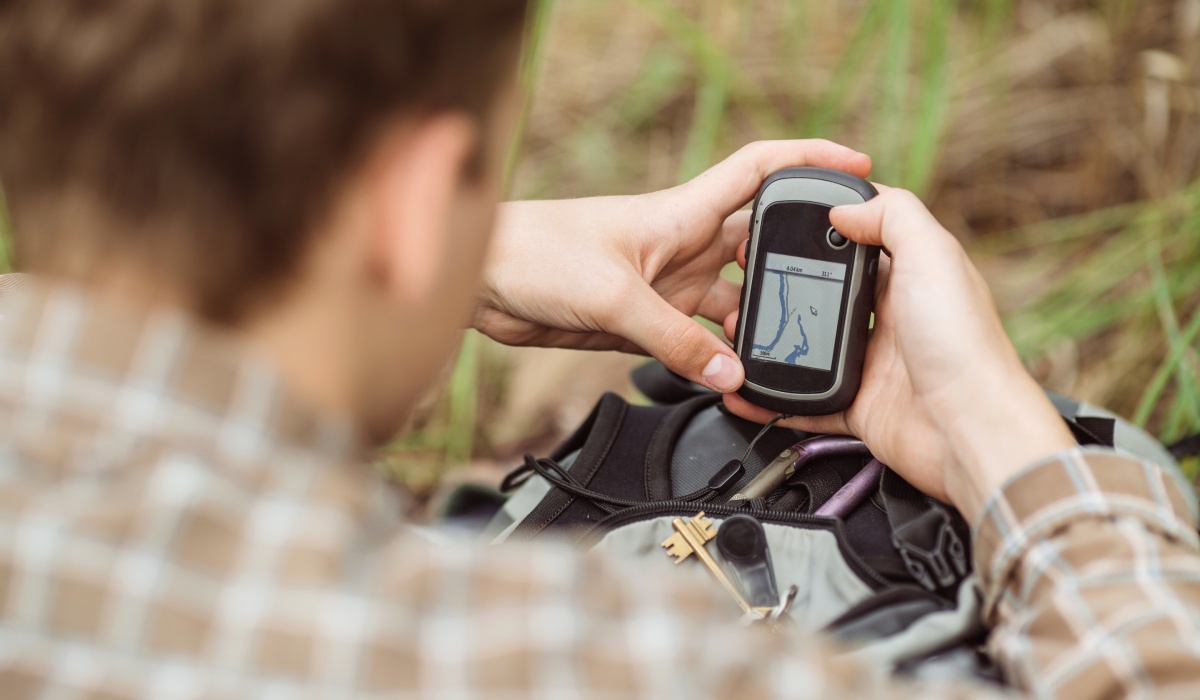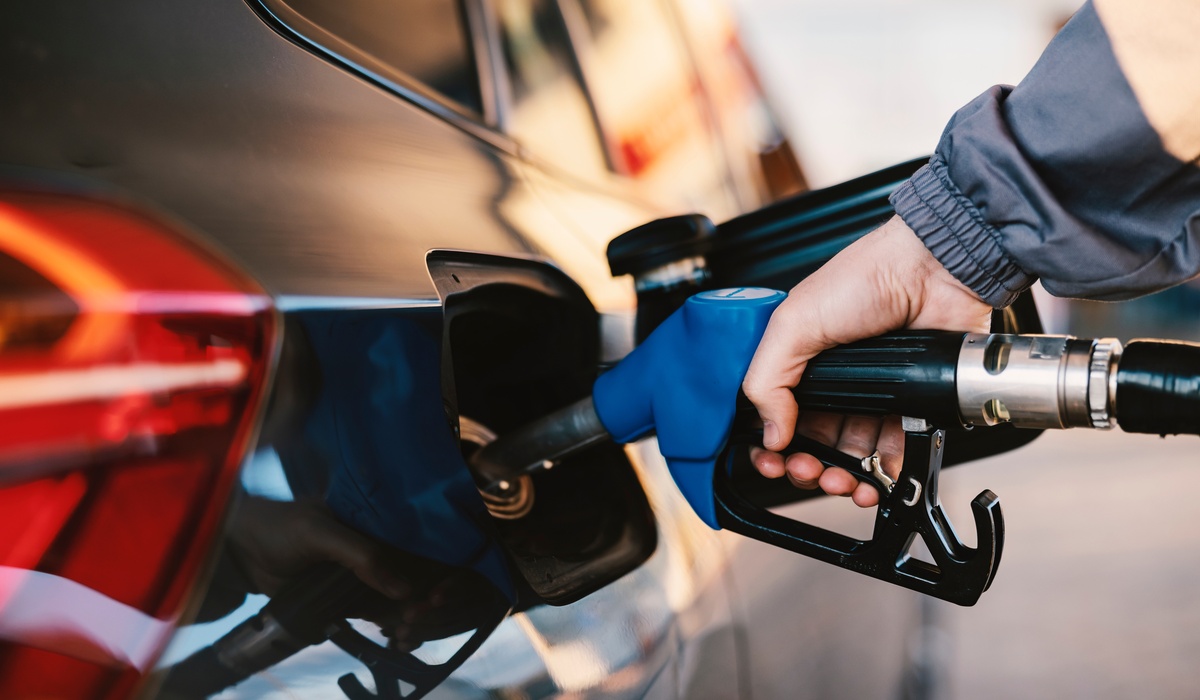Your vehicle’s clutch serves as the critical link between the engine and transmission, allowing you to shift gears smoothly and control your car’s movement. It endures constant friction and pressure every time you press the clutch pedal, making it one of the hardest-working parts of your vehicle’s drivetrain.
Understanding when and how to replace your clutch can save you thousands of dollars and prevent you from being stranded on the roadside. However, there are some things drivers should understand about replacing this key component. In this guide, we’ll outline the dos and don’ts of replacing your vehicle’s clutch.
When considering clutch replacement, certain practices will guarantee success and longevity. Always diagnose the problem thoroughly before beginning any work. A slipping clutch might indicate worn friction plates, but it could also signal issues with the pressure plate, release bearing, or hydraulic system. Professional diagnosis prevents unnecessary work and expense.
When choosing a replacement clutch for your car, choose quality parts over cheaper alternatives. Friction material selection is a key thing to look for in a replacement clutch for your car, as organic materials are best for stock vehicles, while ceramic materials deliver greater holding power for high-performance cars. Mechanics generally recommend replacing the entire clutch assembly rather than individual components for optimal compatibility and longevity.
Proper preparation makes clutch replacement smoother and safer. Gather all necessary tools before starting, including a transmission jack, engine support, and torque specifications for your specific vehicle. Clean the work area thoroughly and organize components systematically. Take detailed photographs during disassembly to reference during reassembly.
Now that we’ve covered the dos of replacing your vehicle’s clutch, let’s outline the don’ts to avoid. Never ignore warning signs or delay replacement once symptoms appear. A failing clutch can damage other drivetrain components, dramatically increasing repair costs. Driving aggressively on a worn clutch accelerates damage to the flywheel and pressure plate.
Avoid shortcuts during installation. Rushing through alignment procedures can cause installation difficulties and premature clutch failure. Improper alignment causes binding, uneven wear, and potential transmission damage.
Resist the temptation to reuse old components that appear serviceable. Release bearings, pilot bearings, and pressure plates endure significant stress and may fail shortly after installation. The labor costs of replacing your new clutch again will outnumber the few dollars you save on cheap parts.
Never contaminate new clutch components with oil, grease, or cleaning solvents. Even small amounts of contamination cause clutch slippage and premature failure. Handle the clutch disc by its hub, avoiding contact with friction surfaces. Store components in clean, dry conditions until installation.
Post-replacement break-in procedures significantly impact clutch longevity. Drive conservatively for the first 500 miles, avoiding heavy acceleration, high RPM shifts, and stop-and-go traffic when possible. This allows the friction surfaces to seat and develop optimal grip characteristics properly.
Successful clutch replacement requires patience, proper tools, quality parts, and attention to detail. While the job demands mechanical skill and physical effort, following these guidelines helps ensure reliable operation for years to come. When in doubt, consult professionals who can provide guidance specific to your vehicle and situation.









